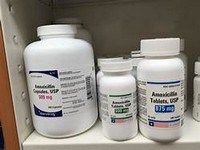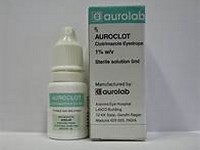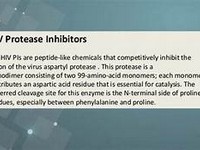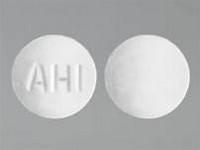Temozolomide

CLINICAL USE
Antineoplastic agent:Glioblastoma multiforme Malignant gliomaDOSE IN NORMAL RENAL FUNCTION
75 mg/m 2 daily for 42 days with radiotherapyAdjuvant phase/monotherapy: 150– 200 mg/m2 once daily for 5 daysOr according to local policyPHARMACOKINETICS
DOSE IN RENAL IMPAIRMENT
GFR (mL/MIN)
DOSE IN PATIENTS UNDERGOING RENAL REPLACEMENT THERAPIES
IMPORTANT DRUG INTERACTIONS
Potentially hazardous interactions with other drugsADMINISTRATION
Reconstition
–Route
OralRate of Administration
–Comments
Do not administer with foodOTHER INFORMATION
Nadir for white cell count usually occurs 21–28 days after a dose, with recovery within 1–2 weeksRapidly and completely absorbed with 100% bioavailability and has extensive tissue distributionMajor route of elimination is renal: approximately 5–10% is excreted unchanged and the remainder excreted as metabolites.
See how to identify renal failure stages according to GFR calculation
See how to diagnose irreversible renal disease
Home








